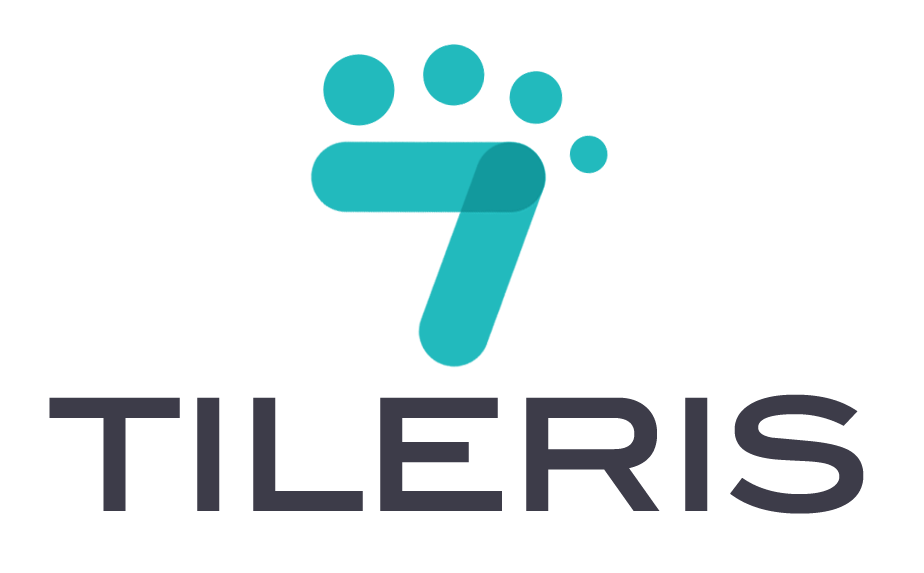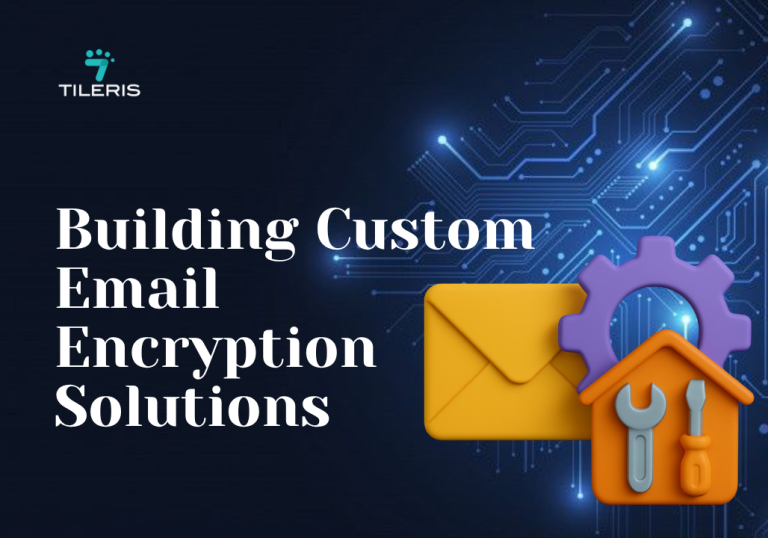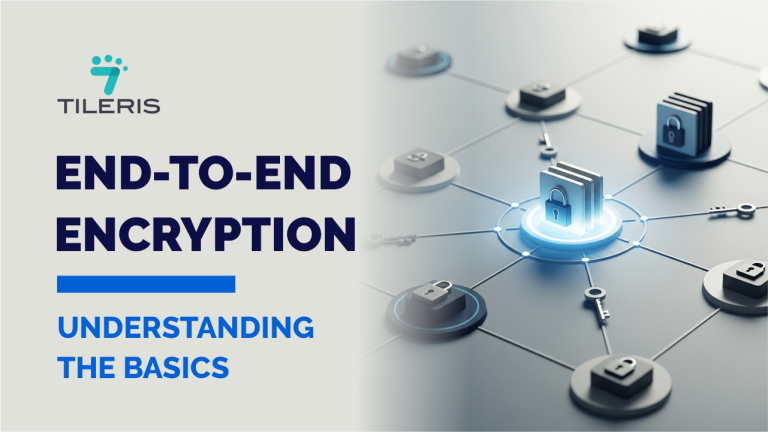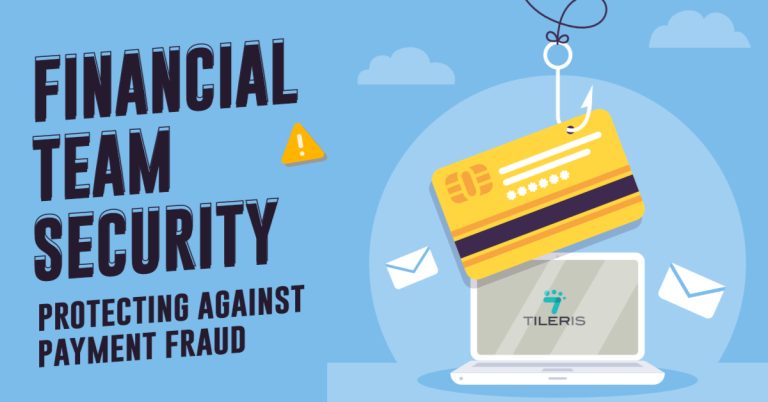How To Create A Strong Email Password That’s Actually Memorable
Introduction
Everyone knows that strong passwords are essential, especially for email accounts. The key to your online persona is your email. Think about it: your email is linked to your bank, social media accounts, online shopping portals, and so much more. It would be simple for someone to reset passwords and take control of everything if they managed to get access.
That being said, the reality is that creating and managing passwords can be a little challenging; they must be both complex enough to prevent hackers and easy enough for you to remember.
So how do you find that balance? A password that’s both strong enough to protect you and easy enough to remember?

Why the Old “Password123!” Just Won’t Cut It Anymore
First, a quick reality check. Many people still use weak passwords like 123456, qwerty, or password1. These are often the first things hackers try. Even slightly more complicated ones like Justine1990! can be guessed with a bit of personal info (like your name and birth year).
Hackers don’t always sit and guess your password manually, they use automated bots that can run thousands of password combinations in seconds. So, the longer and more unique your password is, the better.
What Does Having a Strong Password Mean?
A “strong” password typically consists of the:
- Length: Aim for at least 12-15 characters. The longer, the exponentially harder it is to crack. Think of it like adding more and more locks to that front door.
- Complexity: A mix of uppercase letters, lowercase letters, numbers, and symbols (like !, @, #, $, %) is crucial. Each new character type you introduce dramatically increases the number of possible combinations.
- Uniqueness: This is a big one. Your email password should be unique to your email account. If it’s compromised, you don’t want that key unlocking everything else.
How to Make Your Password Stick without Sacrificing Strength
This is where most of us stumble. How do you make P@$$wOrd!2345 memorable? You don’t. Instead, you build memorability from the start. Here are some approaches that helps:
1. The Passphrase Power-Up
This is a fan favorite for a reason. Instead of a single word, think of a sentence or a phrase that’s meaningful to you but not obvious to others.
- How it works: Pick a line from a song you love, a silly thing your kid said, or a personal mantra. For example, “My dog Max loves chasing squirrels in the park every morning!”
- Make it strong: Now, let’s transform that. You could take the first letter of each word: MdMlcsitpem!. To beef it up, substitute some letters with numbers or symbols: MdM1cs1tp3M!. Or, you could use a mix: MyDogMaxLuvsCh@s1ngSqrls!.
- Why it’s memorable: The original sentence acts as a mental hook. You’re remembering a little story, not a random string.
2. The Story or Scene Method
The Story or Scene Method is a fun and visual way to create strong, memorable passwords. It works by forming a vivid mental image, something unusual or imaginative, like “Three green aliens danced on my red keyboard!” Then, you turn that mental picture into a secure password: 3Gr€€nAliensD@nc3d0nMyR€dK3yb0@rd!. You’re still using the core idea of a passphrase, but enhancing it with creative character swaps and visual storytelling.
It sticks better in your mind because our brains naturally remember stories and images more easily than random strings of text.
3. Acronym with a Twist
This method starts with a simple, memorable sentence like “I Love To Eat Pepperoni Pizza On Friday Nights!” and turns it into a password by using the first letter of each word: ILTEPPONFN!. To make it stronger and less predictable, you can play with capitalization, emphasizing certain words in your mind, like iLOVEtoEATPepperoniPIZZAonFRIDAYnights!.
You can also level it up by adding numbers and symbols tied to the theme, such as iLuv2EatP3pP1zzaOnFr1dayN1ght$!. What makes this stick is the original sentence, it acts as your mental anchor, making the password easier to recall.
4. The “Three Random Words” (with a caveat)
Made popular by an XKCD comic, this method is all about stringing together a few completely unrelated words, something like correcthorsebatterystaple. It works by simply picking three or four random words, and the longer or more unique they are, the better.
The strength of this method comes from its length, but for added protection, especially for important accounts like your email, you can throw in a bit of complexity, turning it into something like CorrectHorse#BatteryStaple25. It’s memorable because your brain latches onto real words more easily than random characters.
Just keep in mind: the words should be truly random and not form a common phrase. And while this is often promoted as an easier alternative to complex passwords, adding symbols and numbers still boosts your security significantly.
Some Extra help( Password Managers & Two-Factor Authentication (2FA))
Let’s face it, remembering tons of complex passwords isn’t easy. This is where technology can be your best friend.
Password Managers are secure vaults that store all your passwords. You just need one strong master password (use the tips above!). They can create and autofill super strong passwords for everything else. Top picks include Bitwarden, 1Password, and Dashlane.
Two-Factor Authentication (2FA) adds a second layer of protection. Even if someone gets your password, they’ll still need a code from your phone or an app like Google Authenticator or Authy. Always turn on 2FA when you can.
Conclusion
The goal of creating a strong and memorable email password is not to become an expert in cryptography. Adopting smarter habits is the key. Through the use of passphrases, inventive sentence construction techniques, or a password manager to handle the difficult tasks, you can create a digital stronghold that you can still access and remember.
It’s too crucial to let your email exposed. Spend some time today changing your old password and making sure your digital life is protected. You will sleep better as a result.
Ready to Strengthen Your Cybersecurity?
Want to take your cybersecurity to the next level? Start by downloading our free security checklist, it’s packed with simple steps to help you stay protected online. Just head over to tileris.com to grab your copy.
If you’re looking for more hands-on support, you can also request a free consultation, our experts are ready to guide you. Or, if you’d rather see how Tileris works in real time, go ahead and request a demo through our contact form.
Frequently Asked Questions
Is it safe to use the same password for my email and other accounts?
Nope, definitely not. Think of your email like the master key to your online life. If someone gets into your email, they can reset passwords to your bank, social media, or shopping accounts. Always use a unique password for email , even if that means using a password manager to help you keep track.
How often should I change my email password?
If you’re using a strong, unique password and you haven’t had any security warnings, changing it every 6–12 months is a good habit. However, you should change it immediately if:
You suspect your account was compromised
You used the same password elsewhere
There’s been a breach on a site you use.





